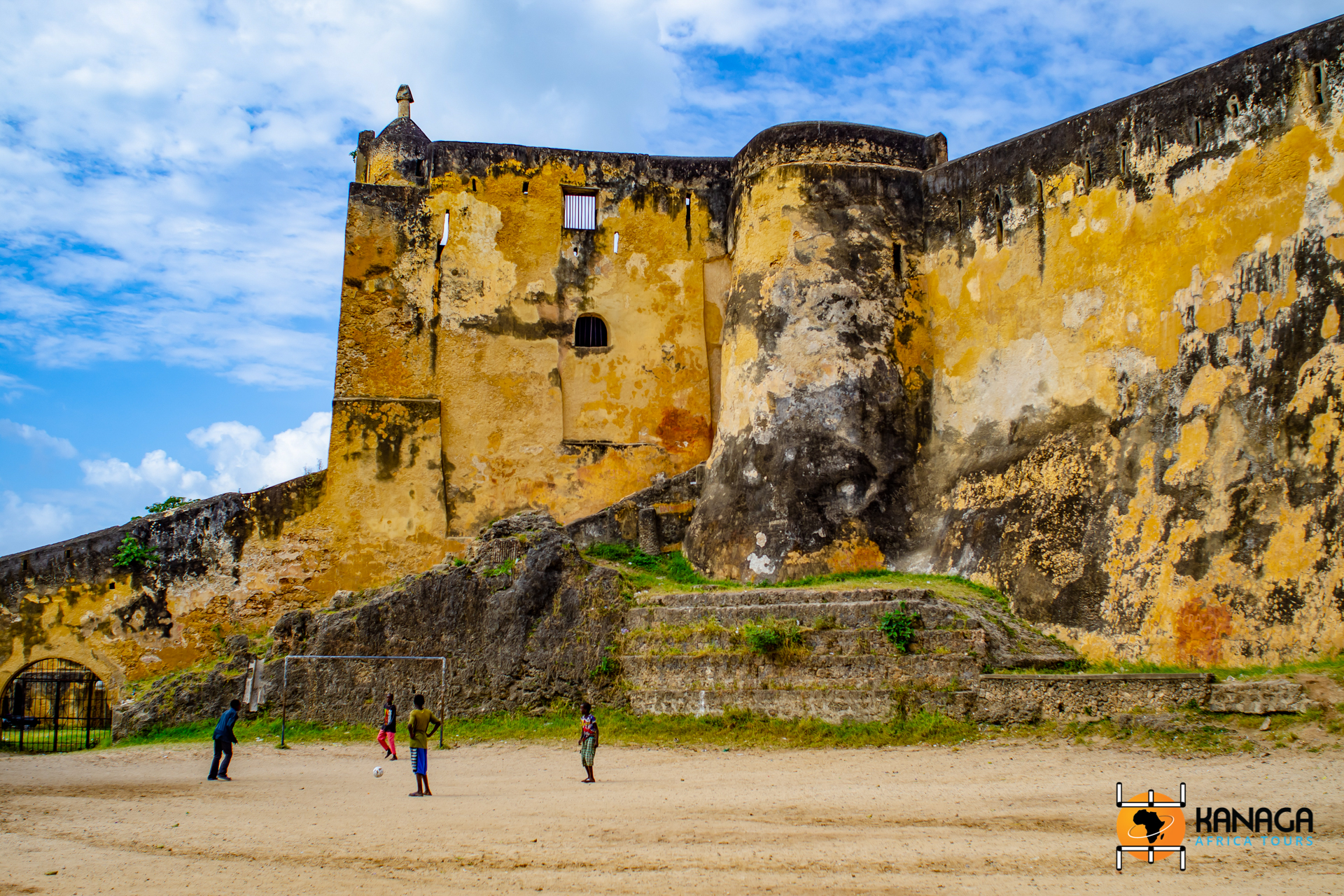Mombasa is a city rich in history and vestiges, an ancient East African trading centre and the first capital of Kenya. Mombasa is well worth a visit, for its striking geographical position, enclosed in a small coastal recess between two estuaries, and above all for its extraordinary and ancient cosmopolitan cultural mix.
Founded in the 10th century by Arab and Persian merchants, its troubled history as a Muslim port centre has included trade with the Orient and the Indies, Swahili culture and Omani sultanates, Portuguese conquests, Zanzibarian protectorates and British colonisation.
Today, the African imprint and character have taken over the atmosphere in its chaotic streets and old quarters, but in reality Mombasa is still inhabited by people from all over the world. Arabs, Omani, Indians, Pakistani, Europeans, Chinese, Kenyans of all origins make up the colourful puzzle of a picturesque Swahili metropolis.
A reminder of its centuries-old mixture and ancient substratum, amidst the chaotic coming and going of matatu (collective minibuses) and people, are the characteristic houses of the old quarter and the imposing Portuguese Fort of Jesus, built in 1596 to protect, under the banner of Christianity, access to the port from the constant attacks of the Ottomans and the Omani. Declared a UNESCO World Heritage Site in 2011, it was designed in the late Italian Renaissance style, and is very well preserved in its inner courtyard, with circular bastions on the façade and a small museum containing objects and furnishings from the period. Its appearance, marked by the signs of time, contributes to making the old town, a place full of an atmosphere as decadent as it is fascinating. Strolling through the alleys of old houses in Arab-Indian style, but with a typical Zanzibarian and Swahili flavour in the decorations on the wooden doors and in the use of sedimented coral as a building material, discovering the colonial heritage, Anglican cathedrals, ancient mosques, and even Hindu and Sikh temples, is truly an evocative experience that takes you back to a timeless dimension.
But Mombasa is also a city surrounded by breathtakingly beautiful natural landscapes. There are forests and mangroves, marine reserves and national parks bursting with wildlife and aquatic life, paradisiacal stretches of fine sand, coral reefs and the thousands of chromatic shades of an uncontaminated sea, of which the beaches of Diani and Watamu are the most precious pearls. In Diani, the luxurious hotel facilities, made of local and sustainable materials, hidden among the lush vegetation of the gardens, have fortunately not affected the idyllic setting and the natural environment preserves its integrity, in continuity with the splendid Kisite marine reserves and the Funzi and Wasini Islands.
Watamu, on the other hand, retains the authentic flavour of a fishing village in its traditional dwellings, and the three white sandy inlets dotted with dhow boats are the most heavenly thing this corner of the Indian Ocean has to offer, with its colourful seabed off the coast of the marine park of the same name.
It is no wonder that every year these paradises are taken by storm by international tourism and that they are particularly dear to many Italians who have definitely chosen to live there.







